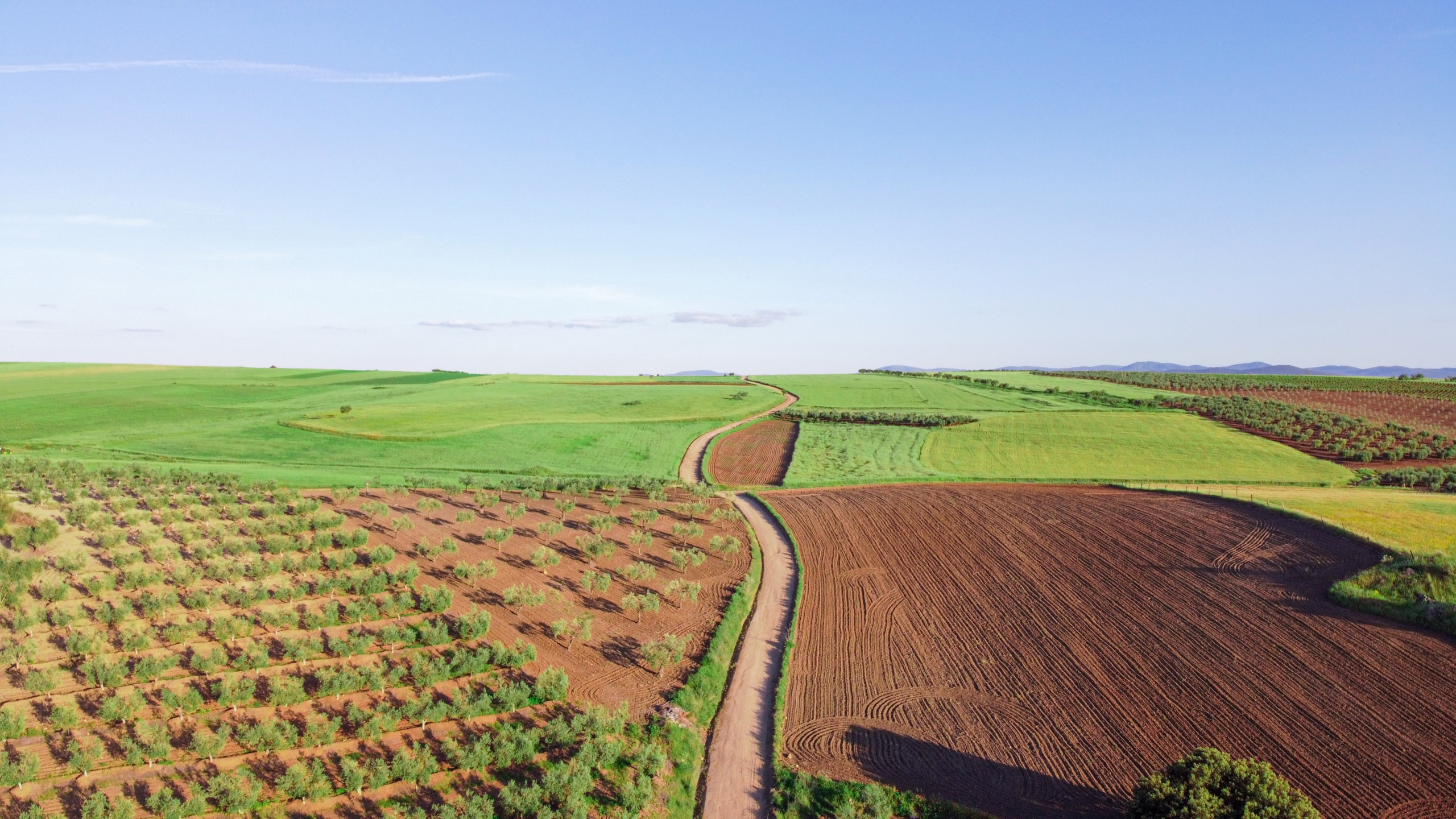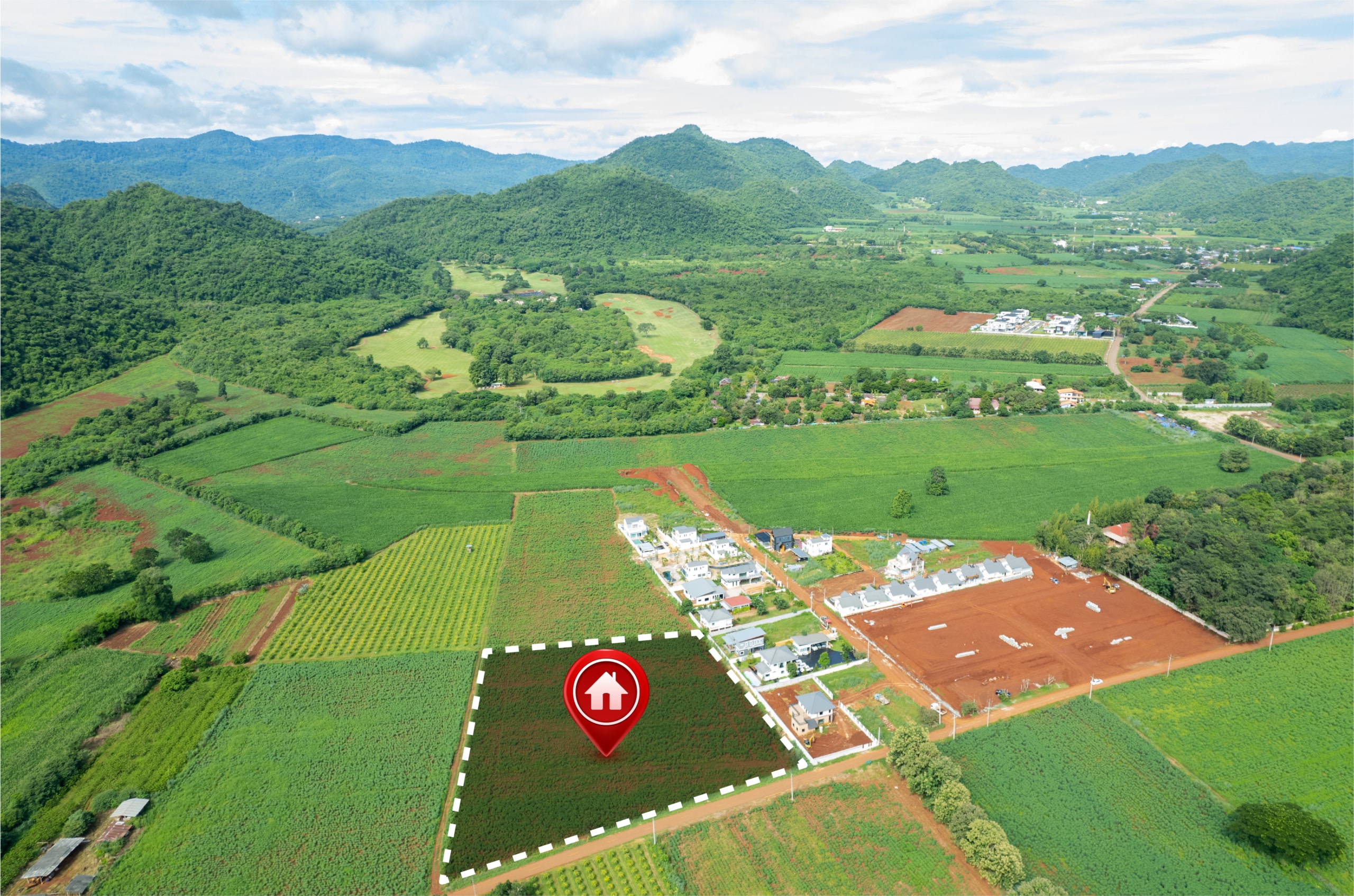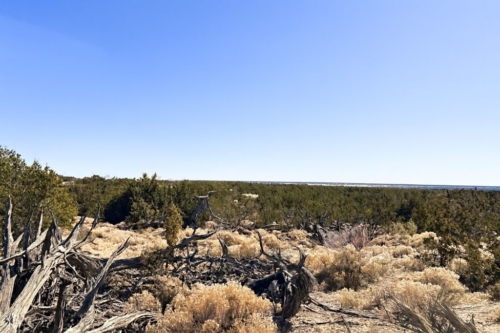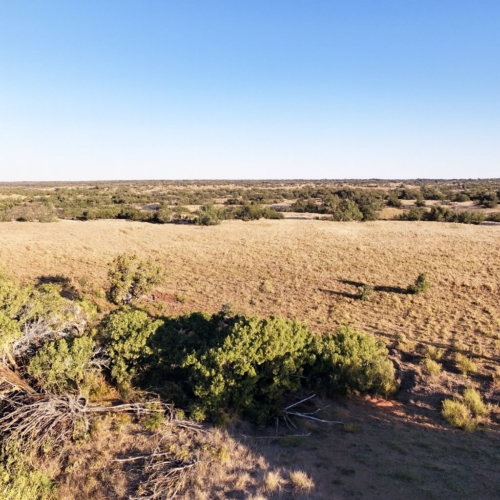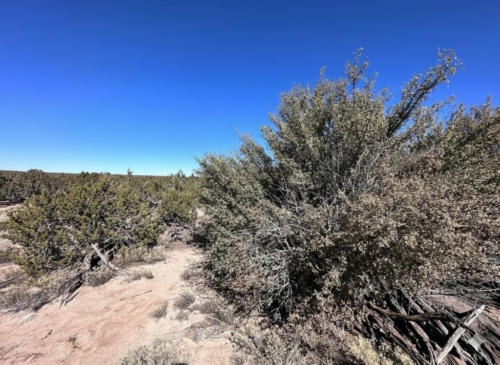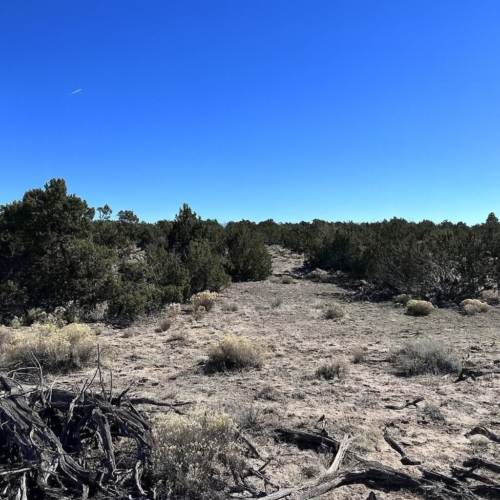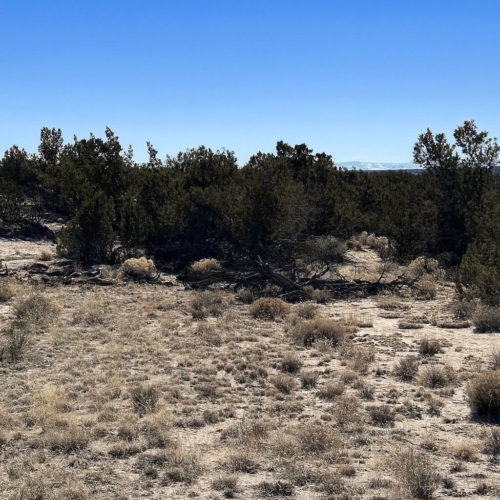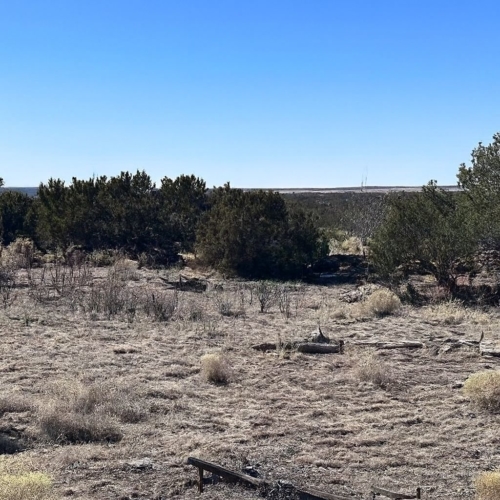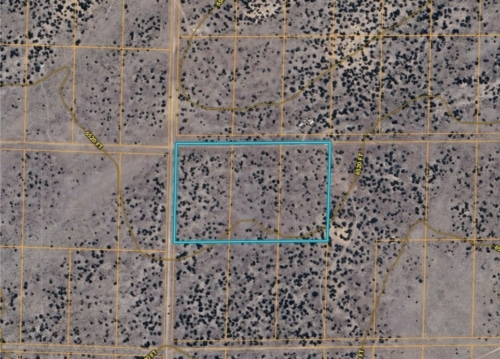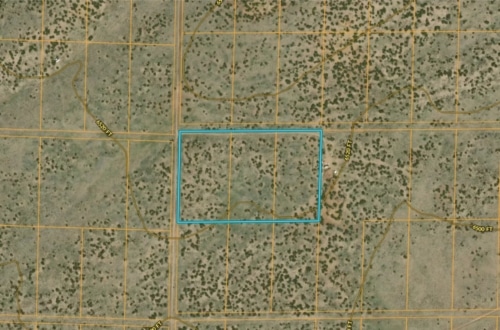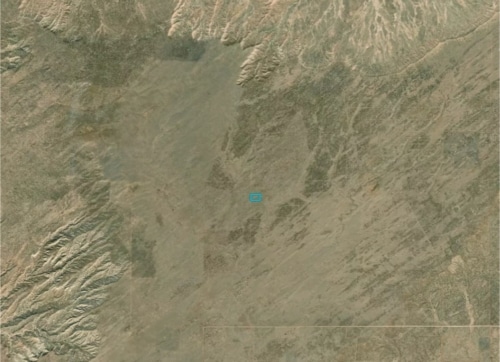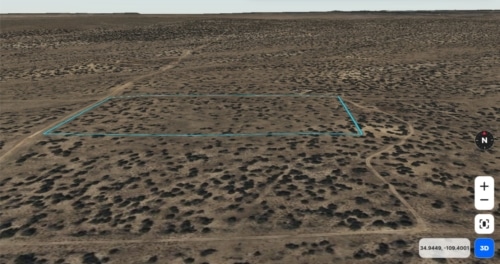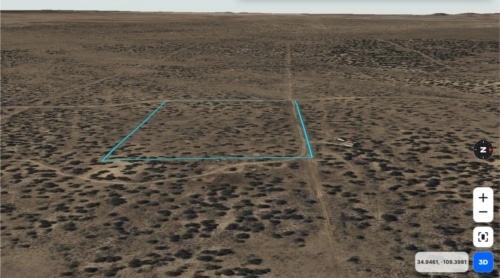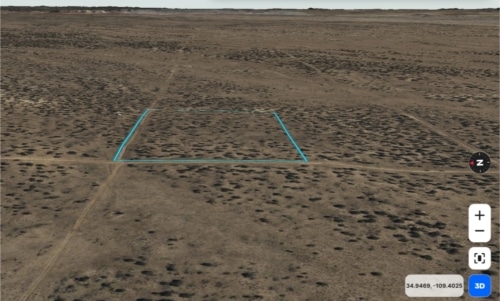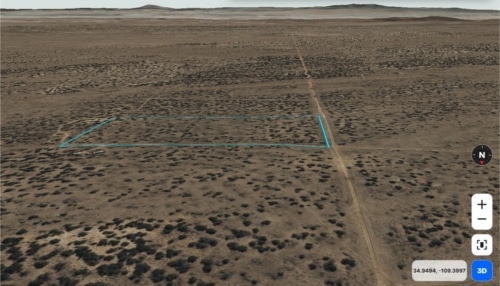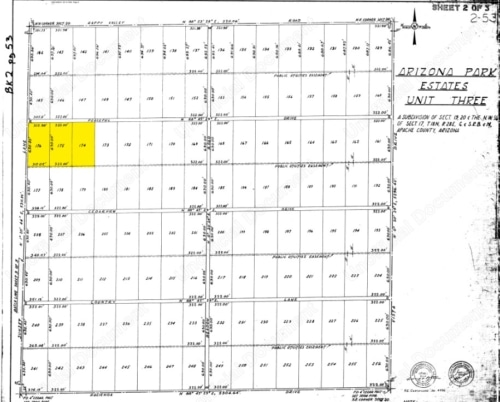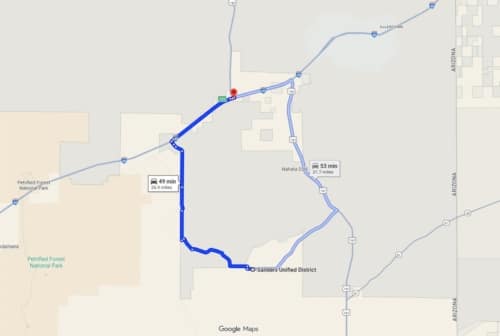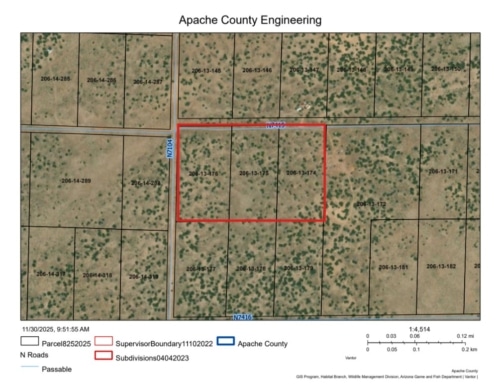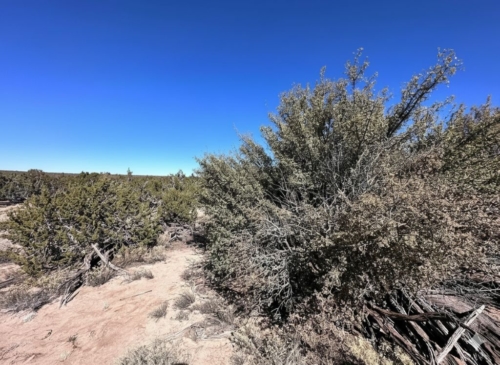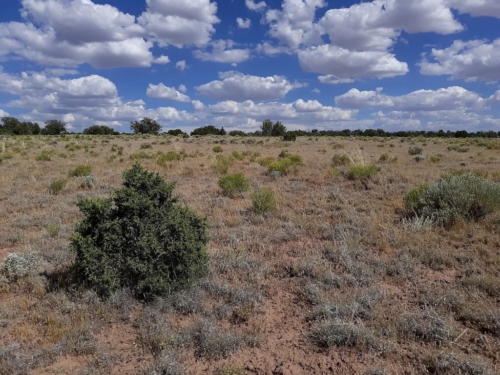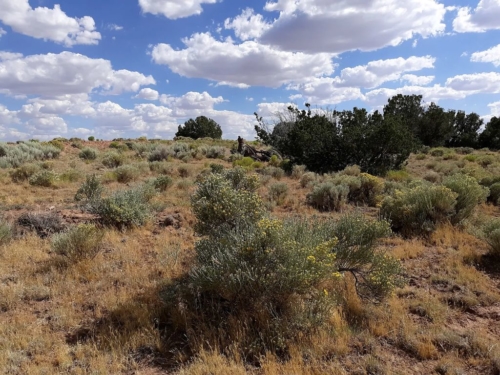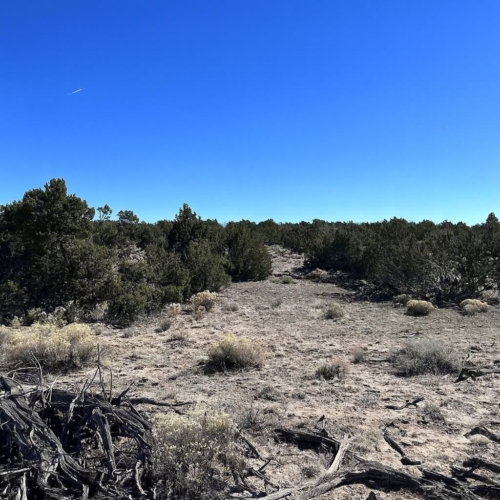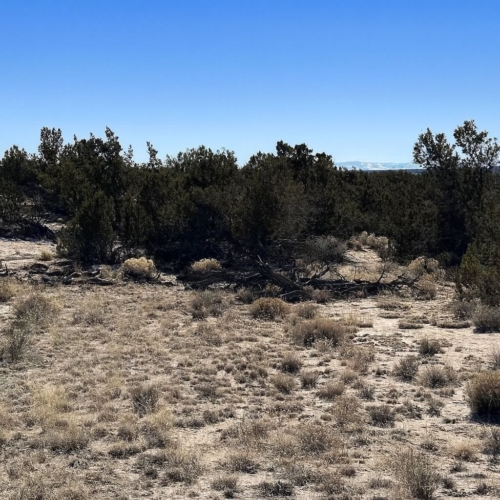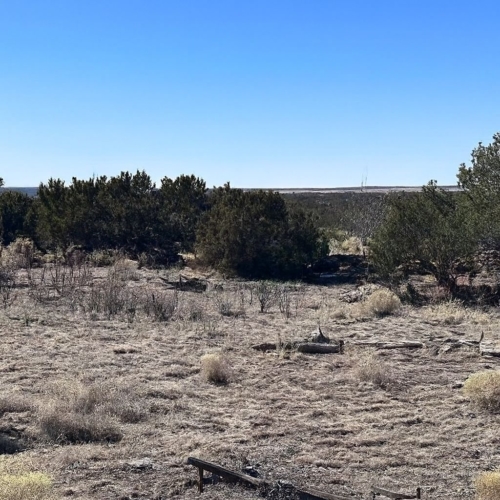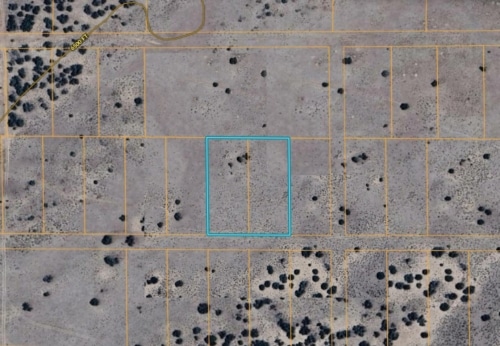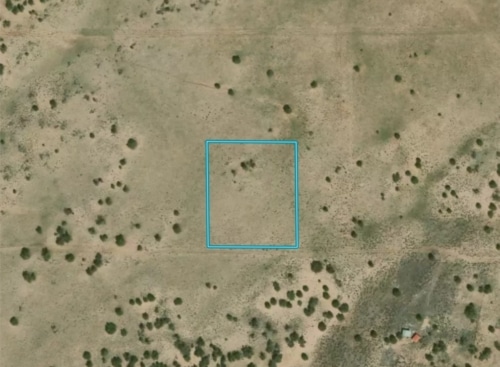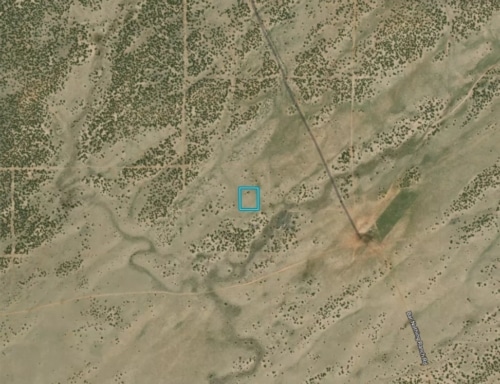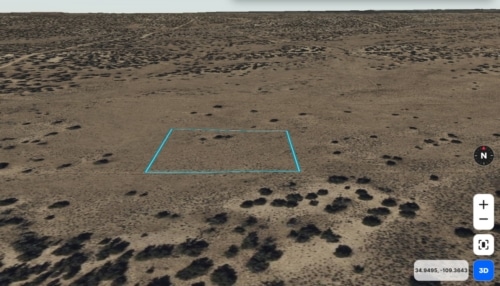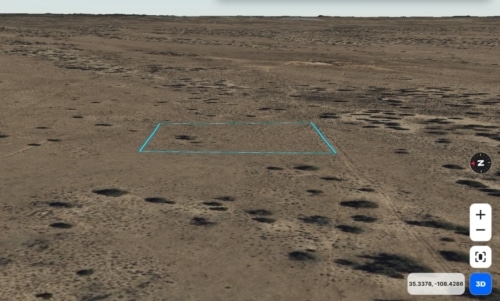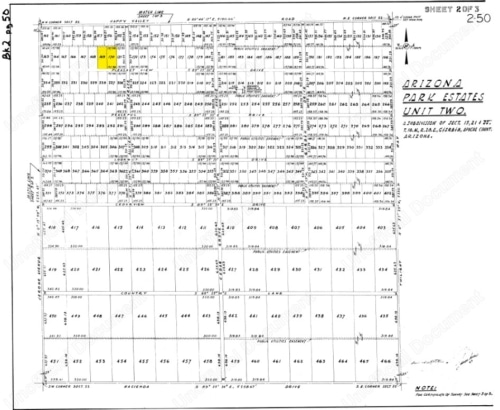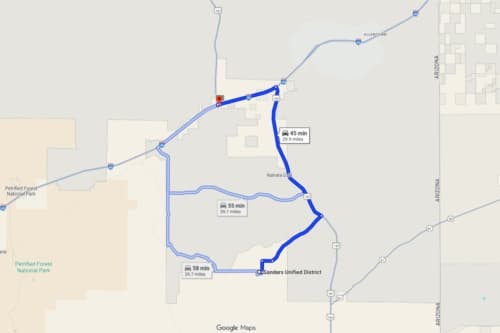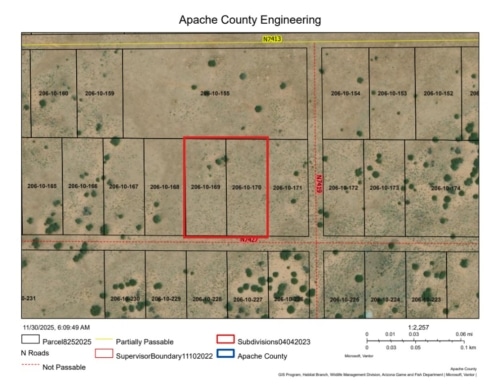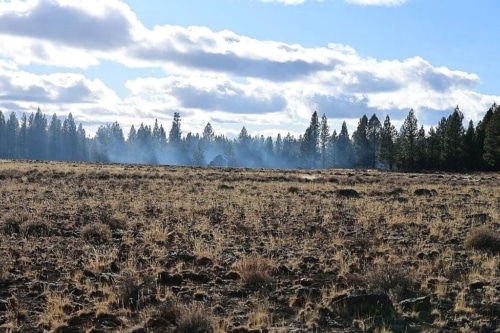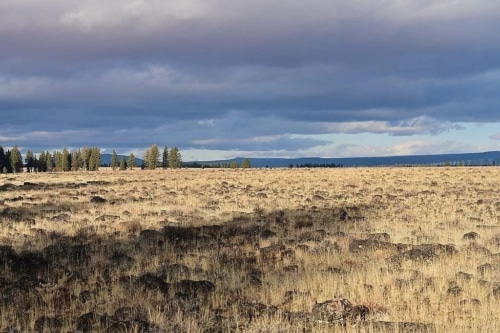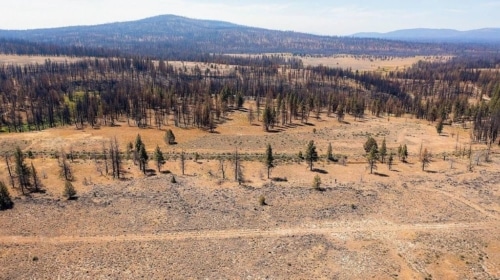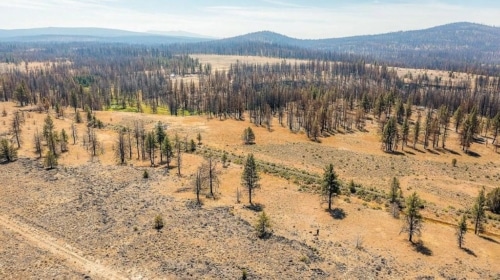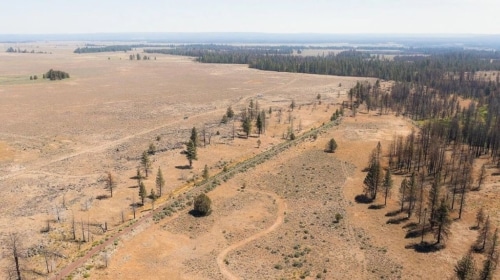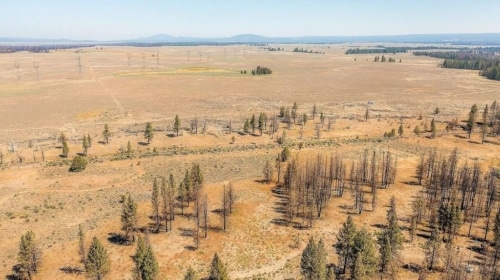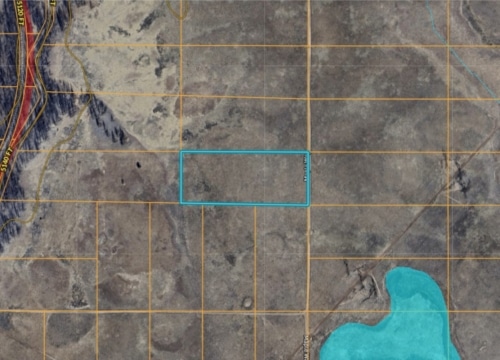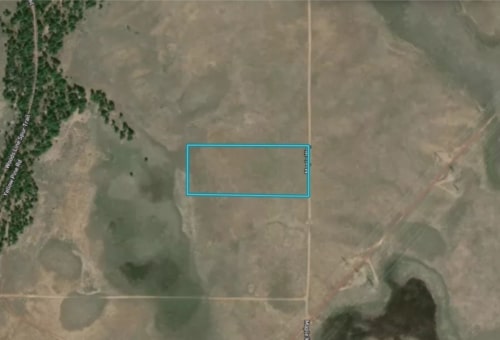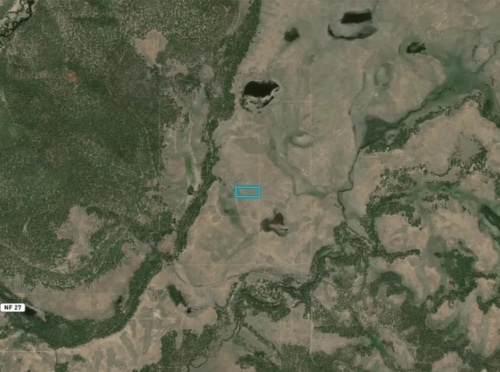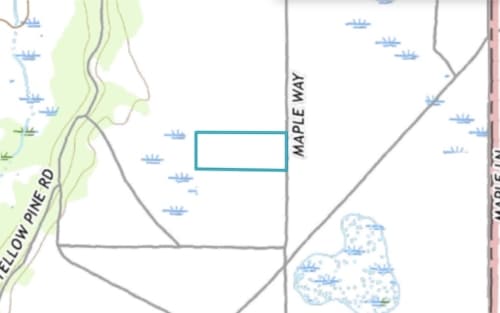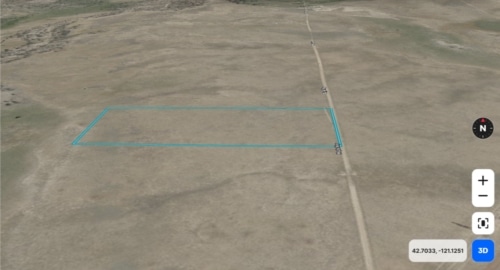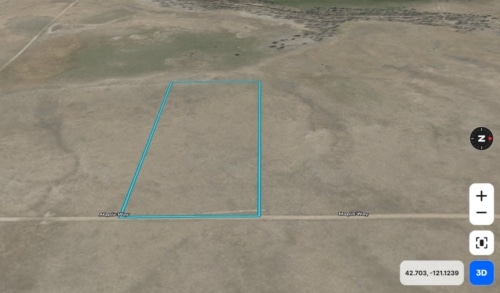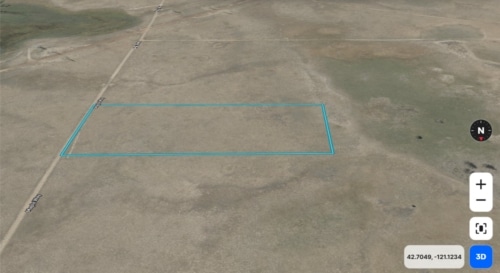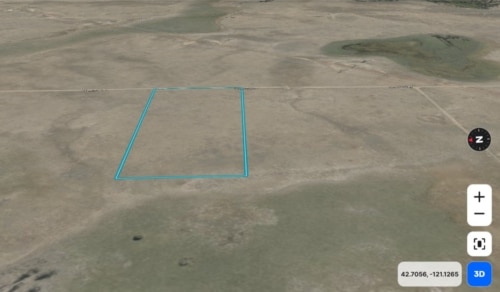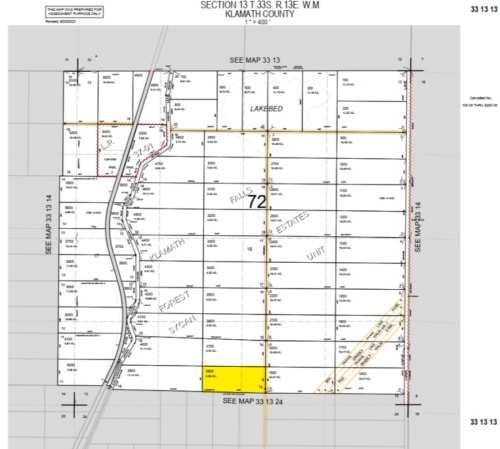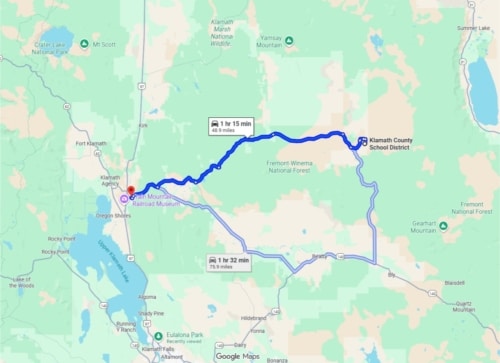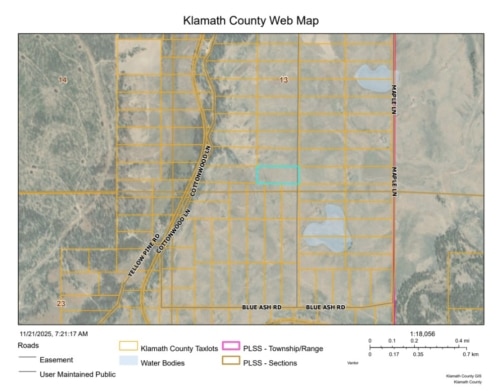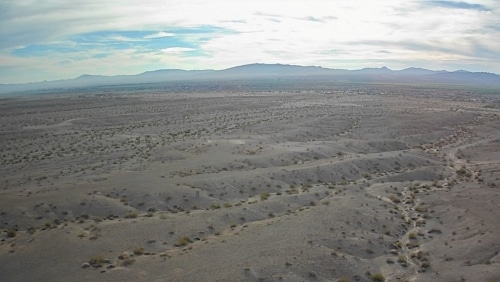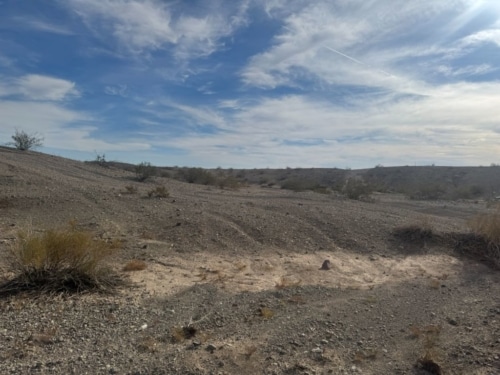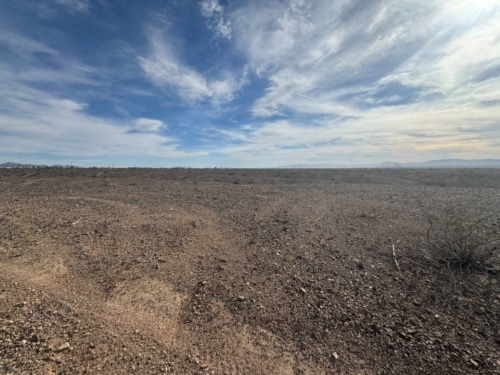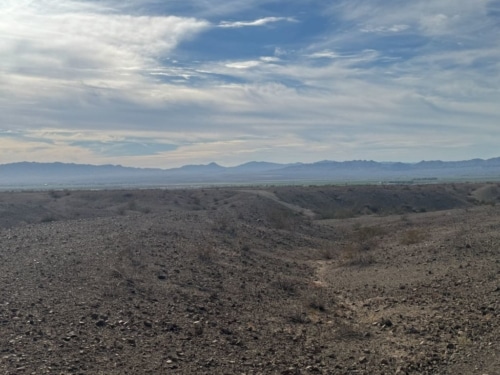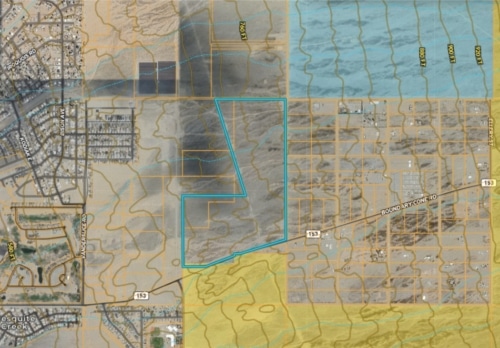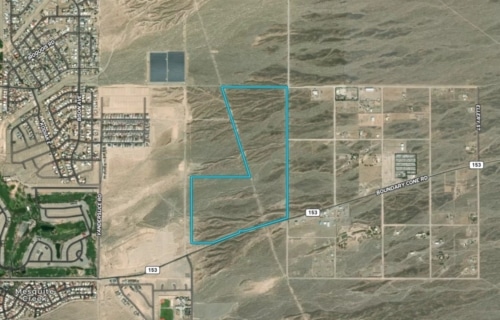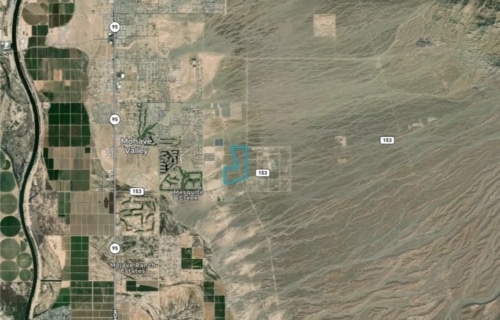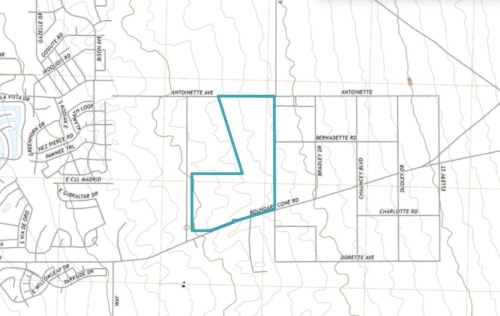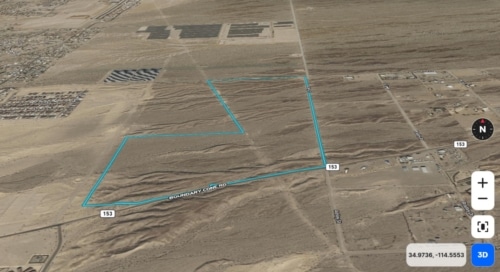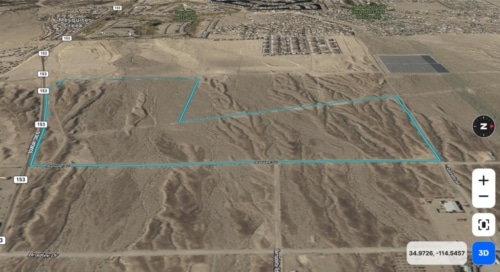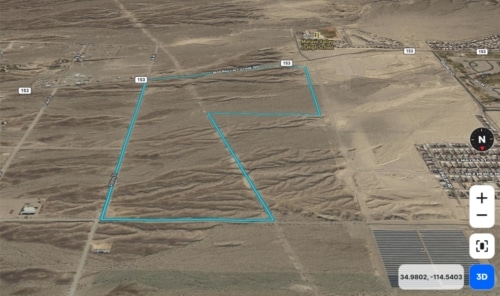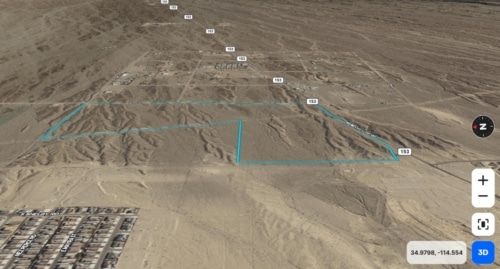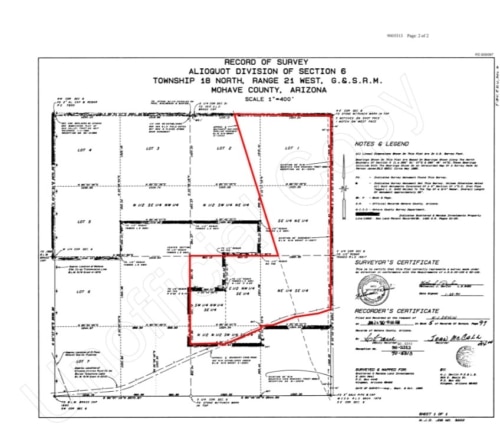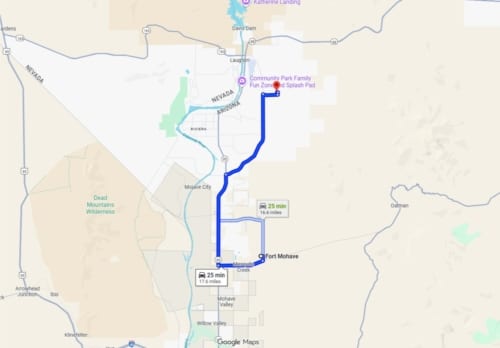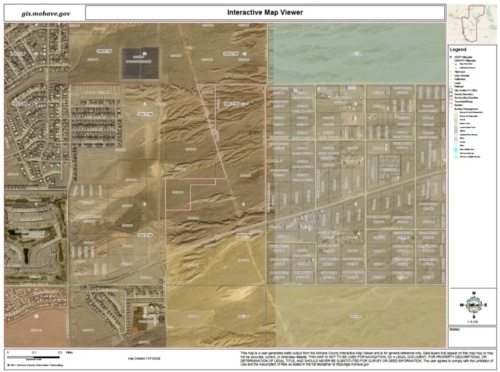Ever wondered about the rules and regulations that apply when you buy land? Well, let me tell you, you can’t just do anything with your Klamath County land as there are Klamath County zoning codes that dictate what you are allowed to do and are not allowed to do with your purchased piece of land.
Therefore, if you’re a prospective real estate investor looking for land for sale in Klamath County to embark on construction, this article is going to be a real game-changer for you!
Zoning and land use regulations are crucial in shaping the development and growth of any region. These rules are laid down by local governments and are intended to promote orderly and sustainable development to benefit the interests of landowners, enterprises, and the general public.
In this post, we’ll explore the different facets of land use regulations in Klamath County, Oregon. Our exploration will encompass a range of essential aspects, including zoning designations, permitted land uses, and invaluable tips to adeptly navigate these intricate regulations.
So, let’s explore Klamath County’s land use framework.
Table of Contents
What Exactly Are Zoning and Land Use Regulations?
Klamath County zoning and land use laws serve as guidelines for regulating how land is used within a specific geographic area.
The various aspects that fall under the ambit of land use regulations include land lot size, the site of construction, the maximum number of buildings permitted for construction, and the ideal height of buildings to be maintained.
The main purpose of zoning is to set a distinction between the use of residential and commercial properties. By organizing the land into distinct zones and defining the activities authorized within each zone, zoning plays a vital role in determining the character and function of a place.
Types of Zoning Designations in Klamath County
Klamath County has adopted a comprehensive zoning system to classify individual parcels of land for specific uses. Knowing the different zoning definitions is critical for property owners, developers, and investors.
Residential Zones
These areas are designated specifically for residential use. From single-family homes to duplexes and apartments, residential zoning codes in Klamath offer a range of housing options. For instance, Zone R2 Residential allows for medium-density housing like duplexes and small apartments.
Commercial Zones
In commercial zoning, development of retail stores, offices, hotels, and restaurants is allowed. Commercial zoning requirements often vary based on the neighborhood, and these zones may include restrictions related to parking, signage, and building design.
Industrial Zones
The industrial zoning category permits warehouses, factories, and distribution centers. These areas are often located away from residential zones to minimize disruption.
Agricultural Zones
These zones preserve Klamath County’s farming legacy. No non-agricultural or residential structures are allowed here. They’re reserved strictly for agricultural operations like ranching and crop cultivation.
Mixed-Use Zones
Mixed-use zones allow the combination of residential, commercial, or industrial uses. These areas aim to create more vibrant, walkable communities.
Setbacks and Height Limits
Setbacks define the minimum distance structures must be set back from property lines, roads, and neighboring properties. This includes decks, overhangs, and balconies. Height limits control the vertical growth of buildings to maintain visual harmony.
These are critical parts of Klamath County building codes, and any violation may delay or stop your development plans.
Permitted Land Uses
Each zoning category has specific permitted uses. It’s essential to verify these before purchasing land, as it determines what you’re legally allowed to build or operate.
Residential Zones:
- Single-family, duplex, and multi-family dwellings
- Accessory dwelling units (ADUs)
- Home-based businesses (with limitations)
- Parks and public recreational spaces
Commercial Zones:
- Retail outlets and convenience stores
- Cafés, diners, and restaurants
- Professional offices
- Lodging facilities such as motels or hotels
Industrial Zones:
- Warehousing and manufacturing units
- Research and development centers
- Large-scale storage operations
Agricultural Zones:
- Livestock farms and ranches
- Vineyards, orchards, and greenhouses
- Crop cultivation
For anyone seeking fr zoning Oregon (Forest/Range zoning), these areas fall under rural and conservation-focused use categories and often require special consideration before development
Klamath County Off-Grid Regulations
With the rising interest in off-grid living, it’s important to understand Klamath County off grid regulations. These include:
- Wastewater disposal compliance (septic systems must be approved)
- Minimum parcel size for off-grid structures
- Water access rights
- Adherence to Klamath County zoning codes and Klamath County building codes, even for tiny homes or cabins
The Process of Obtaining Permits
If you’re planning to build, obtaining the proper permits is critical. Here’s how it typically works:
1. Research and Pre-Application: Begin by checking your Klamath County zoning map and contacting the Klamath County Planning Department. At APXN Property, we guide clients through this stage to make the process easier.
2. Submitting the Application: Submit your application along with documents such as architectural drawings, environmental assessments, and a detailed site plan.
3. Review and Public Comment: The Klamath County Planning team will evaluate your application. In certain cases, a public hearing may be required.
4. Approval or Denial: Once reviewed, you’ll receive a formal response. If approved, you can move forward with your development.
Tips for Navigating Klamath County Zoning
- Consult with APXN Property – If you’re unsure about zoning restrictions or land use regulations, the team at APXN Property can help you identify the right parcel of land based on your goals. With deep knowledge of Klamath County zoning and development guidelines, we’ll ensure you’re investing smartly.
- Engage the Community Thoughtfully – If your development plans are large-scale or unconventional, it may help to be aware of public feedback procedures, especially in zones that require hearings.
- Be Flexible and Open to Adjustments – Sometimes, minor changes in your project plan can speed up approvals or align more easily with Klamath County zoning codes
- Stay Informed – Regulations evolve, and staying up to date with the Klamath County Land Development Code via official updates and through your trusted source at APXN will keep your investment plans on track.
Conclusion
A deep understanding of zoning and land use regulations is essential for anyone considering land investment in Klamath County, Oregon. Whether you’re looking to build, live off-grid, or invest in agriculture, being aware of local codes and processes — and working with APXN Property — will help you avoid costly mistakes and streamline your path to development success.





